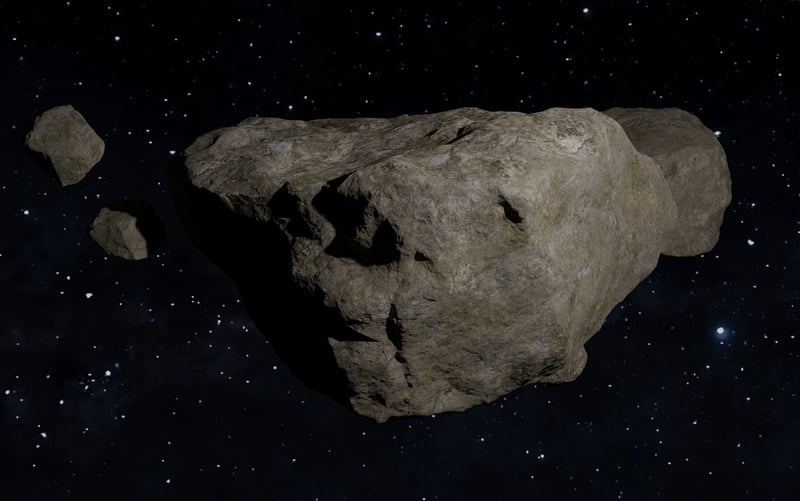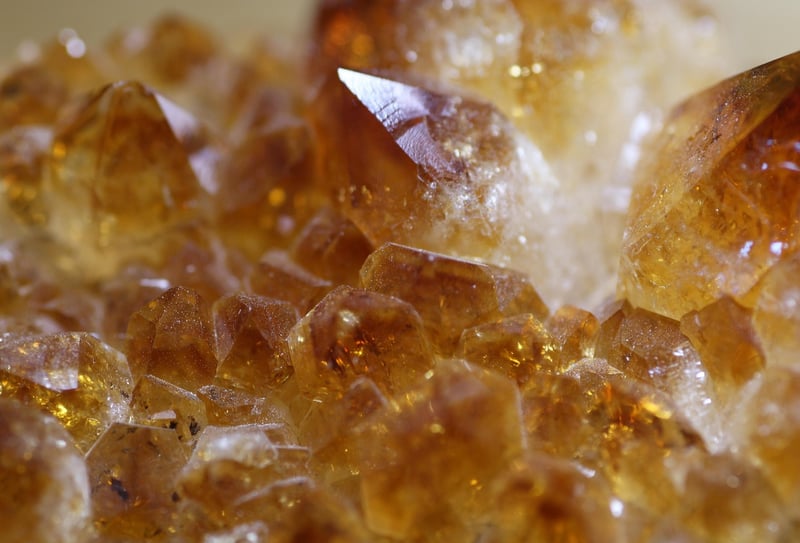Asteroid Minerals
Utilizing Space Resources for Sustainability
In recent years, the idea of utilizing space resources for sustainability on Earth has gained significant attention. The concept involves extracting valuable materials from celestial bodies like asteroids to support human activities and reduce the environmental impact of resource extraction on our planet.
Benefits of Space Resource Utilization
There are several benefits to harnessing resources from space:
- Reduced Environmental Impact: By mining asteroids for minerals and metals, we can reduce the need for environmentally damaging mining practices on Earth.
- Resource Security: Accessing resources from space can help ensure a stable supply of materials for future generations, reducing the risk of resource scarcity.
- Technological Advancements: Developing the technology to extract resources from space can lead to innovations that benefit various industries on Earth.
Asteroid Minerals and Their Potential
Asteroids are rich in a variety of valuable minerals, including:
- Platinum: Used in electronics, medical devices, and jewelry.
- Iron: Essential for construction and manufacturing.
- Nickel: Valuable in aerospace and industrial applications.
- Water: Crucial for sustaining life in space and supporting future space missions.
By extracting these minerals from asteroids, we can not only meet the growing demands for these resources on Earth but also enable further space exploration and colonization.
Challenges and Future Prospects
While the concept of space resource utilization holds great promise, there are significant challenges to overcome, including technological, legal, and economic hurdles. However, with ongoing research and development, the prospect of sustainable resource extraction from space is becoming increasingly feasible.
As we look towards a future where space resources play a vital role in supporting sustainability and growth, it is essential to continue exploring innovative solutions and collaborations to make this vision a reality.

Image Source: Pixabay
